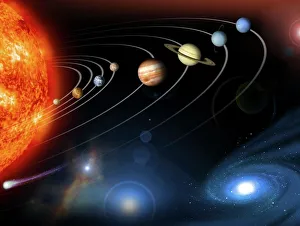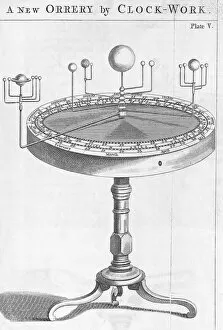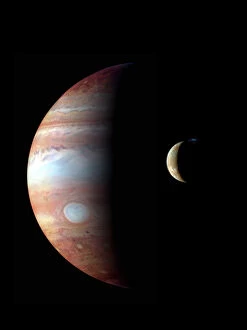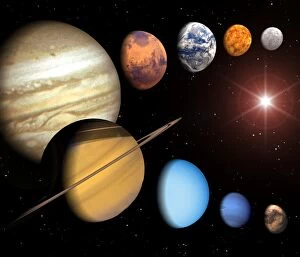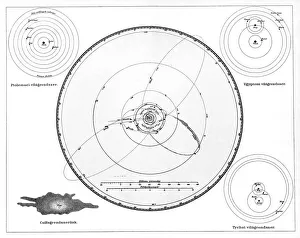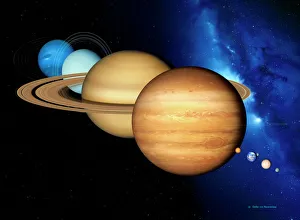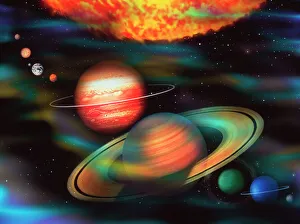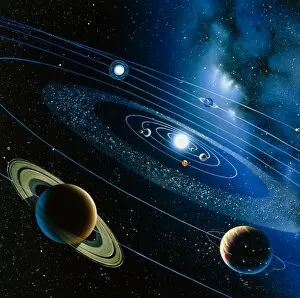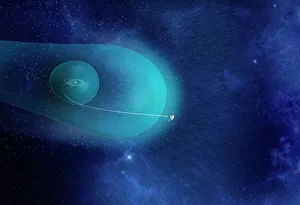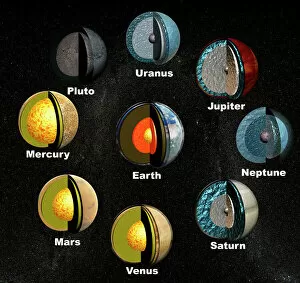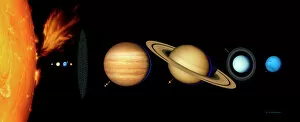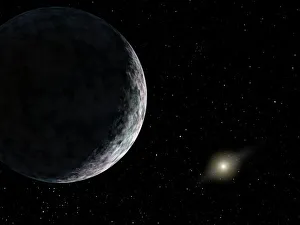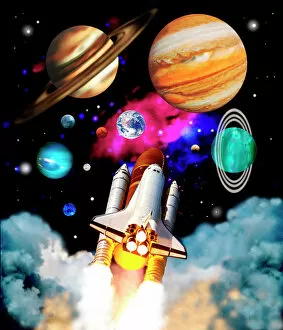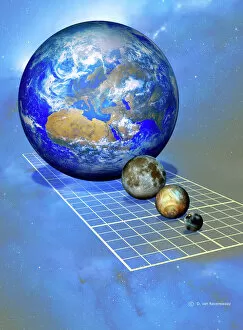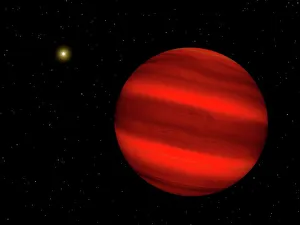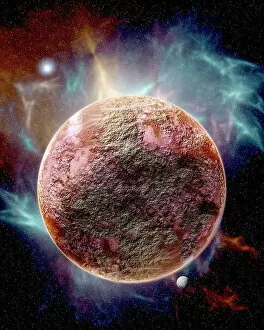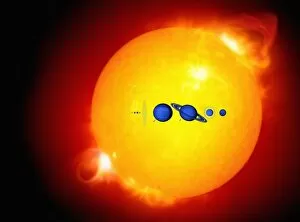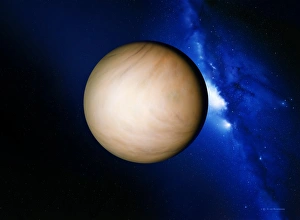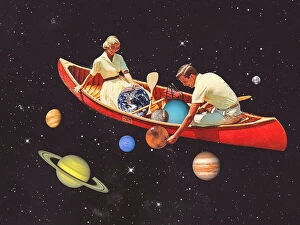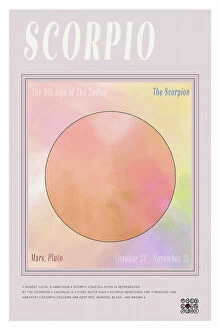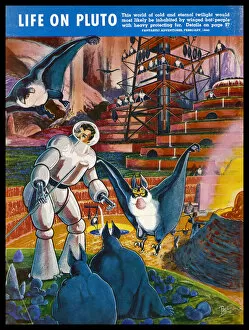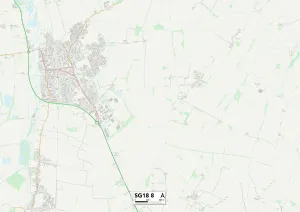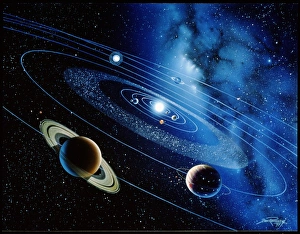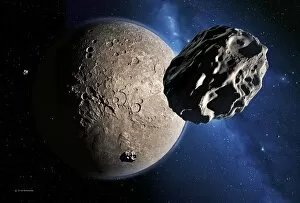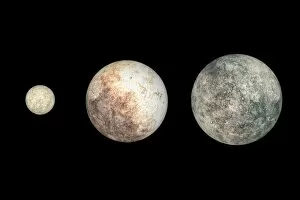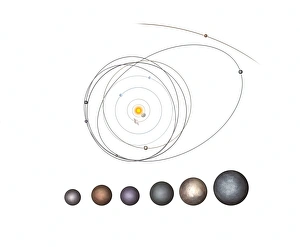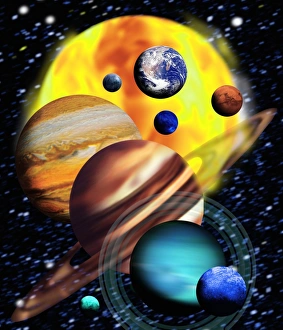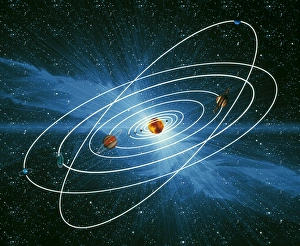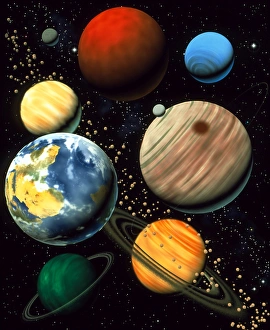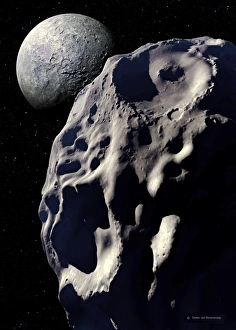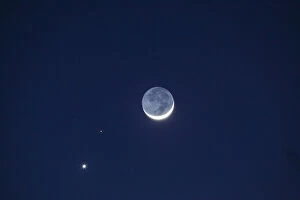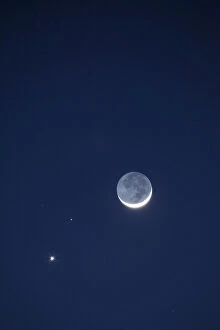Pluto Collection
Pluto is a dwarf planet located in the Kuiper Belt, beyond Neptune
Choose a picture from our Pluto Collection for your Wall Art and Photo Gifts
176 items
All Professionally Made to Order for Quick Shipping
-
Pluto Collection
Pluto is a dwarf planet located in the Kuiper Belt, beyond Neptune. It was discovered in 1930 by astronomer Clyde Tombaugh and was initially classified as the ninth planet from the Sun. However, after further study of its size and characteristics, it was reclassified as a dwarf planet in 2006. Pluto has an atmosphere composed primarily of nitrogen with traces of methane and carbon monoxide. Its surface is covered with frozen water ice and methane frost and has five known moons: Charon, Nix, Hydra, Kerberos, and Styx. Space exploration missions to Pluto include New Horizons (launched 2006) which sent back detailed images of its surface features; Dawn (launched 2007), which studied asteroid Vesta; Juno (launched 2011), which studied Jupiter's atmosphere; and OSIRIS-REx (launched 2016), which will return samples from asteroid Bennu to Earth for analysis. These missions have helped us learn more about this distant world that lies on the edge of our Solar System.
+
Our beautiful pictures are available as Framed Prints, Photos, Wall Art and Photo Gifts
The Pluto collection from Media Storehouse is a stunning assortment of wall art, framed prints, photo prints, canvas prints, jigsaw puzzles and greeting cards that celebrate the beauty and mystery of this distant planet. The images in our collection are sourced from some of the world's leading space exploration agencies like NASA and ESA. They showcase Pluto's unique features such as its icy surface, craters, mountains and atmosphere. Each piece has been carefully curated to provide an immersive experience for anyone who loves astronomy or simply appreciates beautiful artwork. Whether you're looking for a striking centerpiece for your living room or a thoughtful gift for someone special, the Pluto collection has something to offer. The high-quality materials used in each product ensure that they will last for years to come while maintaining their vibrant colors and sharp details. With so many options available at affordable prices, it's easy to find something that fits your style and budget. The Pluto collection is an excellent choice for anyone who wants to bring a little bit of outer space into their home or office.
+
What are Pluto (Planets Space Exploration Science) art prints?
Pluto art prints are high-quality reproductions of images captured by NASA's New Horizons spacecraft during its historic flyby of the dwarf planet in 2015. These stunning prints showcase Pluto's unique and diverse terrain, including its icy mountains, vast plains, and mysterious dark regions. We offer a rare glimpse into one of the most distant and enigmatic objects in our solar system. These art prints are perfect for space enthusiasts or anyone who appreciates the beauty and wonder of our universe. They can be displayed as wall art in homes, offices, or educational institutions to inspire curiosity and awe about space exploration. The prints come in various sizes to suit different preferences and can be framed or mounted for easy display. Pluto art prints make great gifts for science lovers or anyone with an interest in astronomy. They provide a unique opportunity to own a piece of history from one of humanity's greatest achievements in space exploration.
+
What Pluto (Planets Space Exploration Science) art prints can I buy from Media Storehouse?
We offer a wide range of Pluto art prints that are perfect for space enthusiasts and collectors alike. You can choose from stunning images captured by NASA's New Horizons spacecraft, which provide a detailed look at the dwarf planet's surface and its moons. These high-quality prints showcase Pluto's unique features, including its icy mountains, craters, and plains. In addition to these scientific images, Media Storehouse also offers artistic interpretations of Pluto that capture the beauty and mystery of this distant world. From abstract designs to colorful illustrations, there is something for every taste in their collection. Whether you're looking to decorate your home or office with a piece of space history or simply want to add to your collection of planetary art prints, we have plenty of options available. With our easy-to-use website and fast shipping times, it's never been easier to bring a piece of Pluto into your life.
+
How do I buy Pluto (Planets Space Exploration Science) art prints?
To purchase Pluto art prints from Media Storehouse, you can browse our extensive collection of space-themed artwork online. Once you have found the print that you would like to purchase, simply add it to your cart and proceed to checkout. During the checkout process, you will be prompted to enter your shipping and payment information. We offer a variety of sizes and framing options for their art prints, so be sure to select the one that best fits your needs. Additionally, we offer a range of other space-related products such as posters, canvas prints, and photographic prints. If you have any questions or concerns about purchasing Pluto art prints from Media Storehouse, our customer service team is available via email or phone to assist you with your order. With high-quality printing techniques and a wide selection of images available, Media Storehouse is an excellent choice for anyone looking to add some space-themed artwork to their home or office decor.
+
How much do Pluto (Planets Space Exploration Science) art prints cost?
We offer a wide range of Pluto art prints at varying prices. The cost of these prints depends on several factors such as the size, quality, and type of print chosen by the customer. We provide customers with different options to choose from including canvas prints, framed prints, photographic prints, and fine art prints. The price for each type of print varies depending on the dimensions selected by the customer. Larger sizes tend to be more expensive than smaller ones due to their increased printing costs. Additionally, some types of prints like fine art or acrylic may also come at a higher price point due to their unique features. Media Storehouse strives to provide customers with affordable yet high-quality Pluto art prints that are perfect for home decor or as gifts for space enthusiasts.
+
How will my Pluto (Planets Space Exploration Science) art prints be delivered to me?
Your Pluto art prints from Media Storehouse will be delivered to you in a secure and protective manner. We take great care in packaging your artwork so that it arrives at your doorstep undamaged and ready for display. Depending on the size of your print, it may be shipped flat or rolled up in a tube to ensure its safety during transit. We use trusted shipping carriers to deliver your order, which allows us to offer reliable delivery services worldwide. You can track the progress of your shipment through our online tracking system, which provides real-time updates on the status of your package. Once you receive your Pluto art prints, we recommend carefully inspecting them for any damage during shipping. If there are any issues with the quality or condition of your artwork upon arrival, please contact us immediately so that we can assist you with resolving the issue as quickly as possible.

